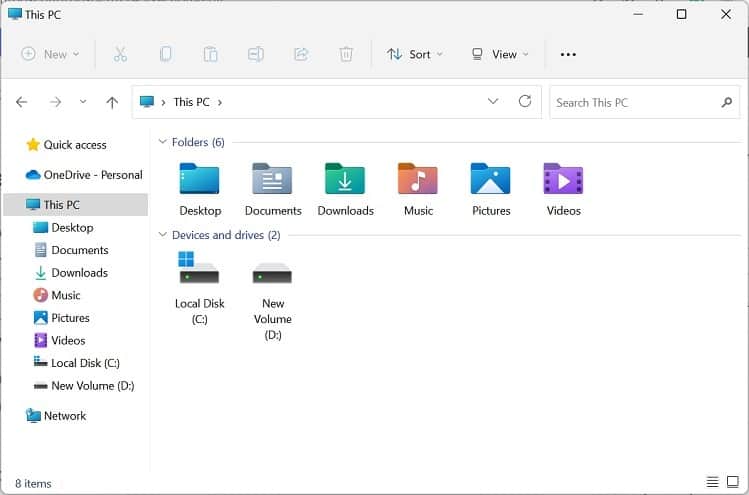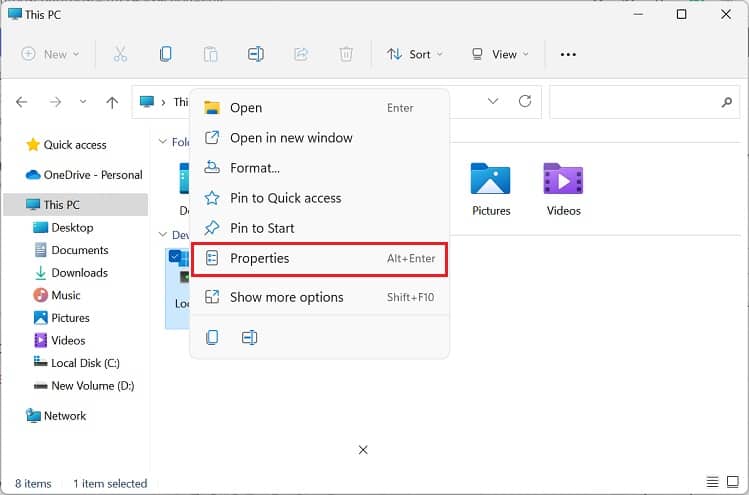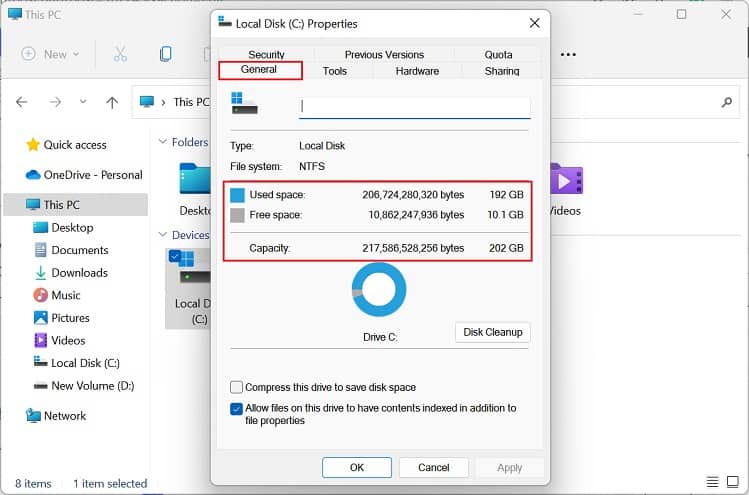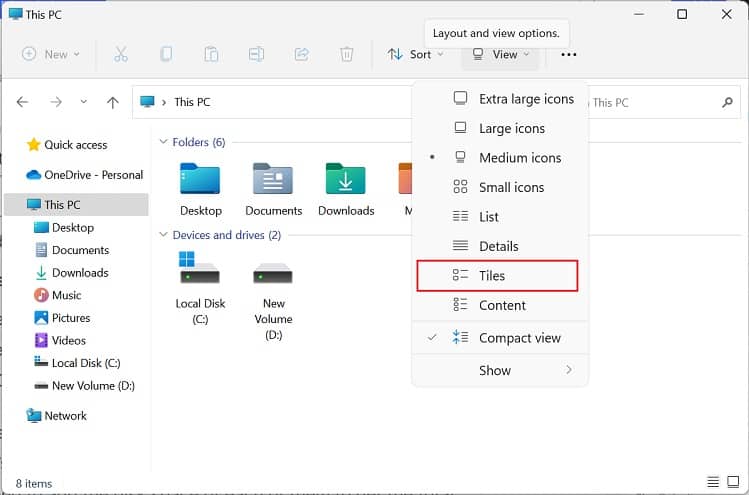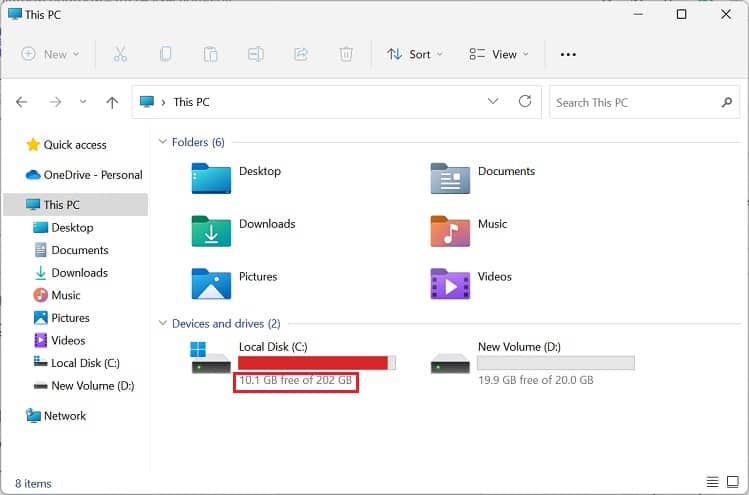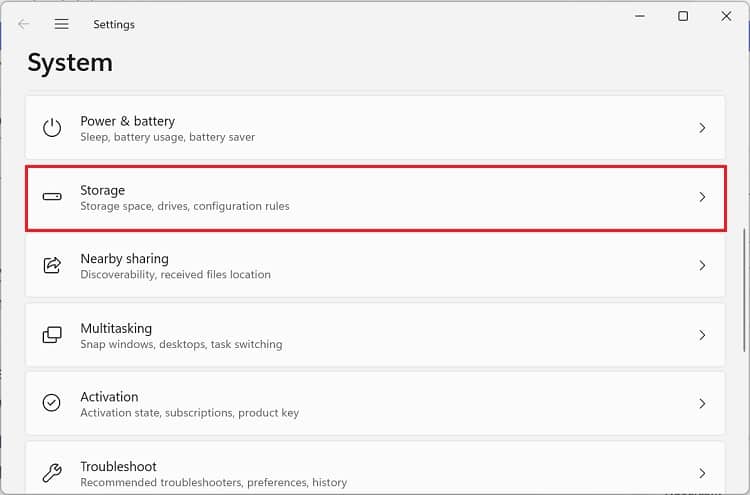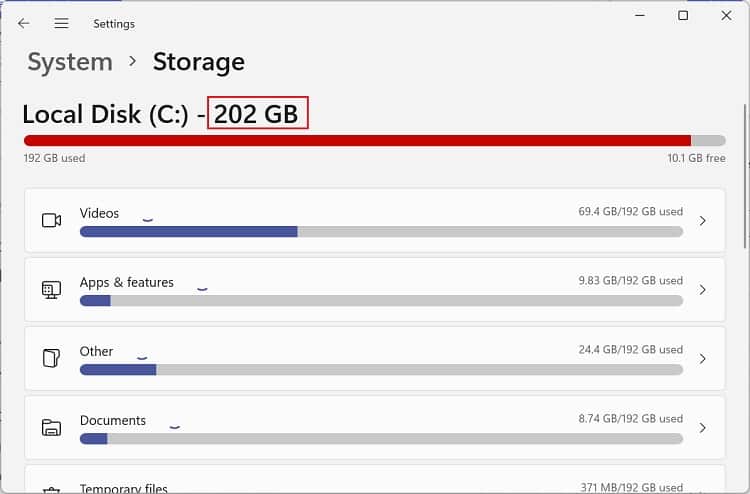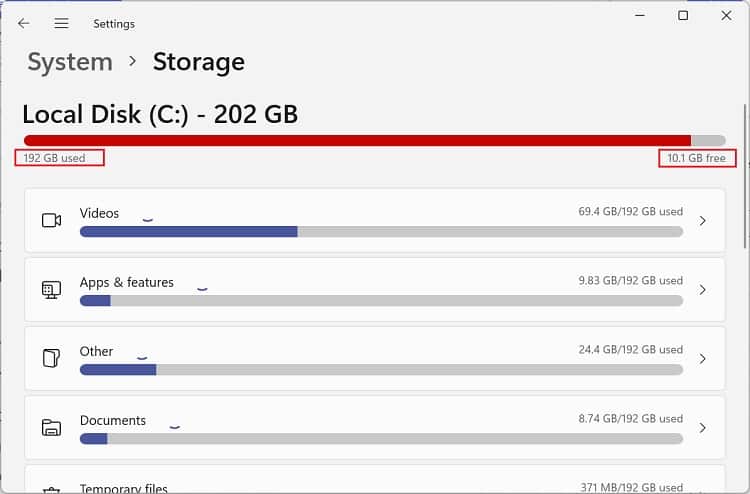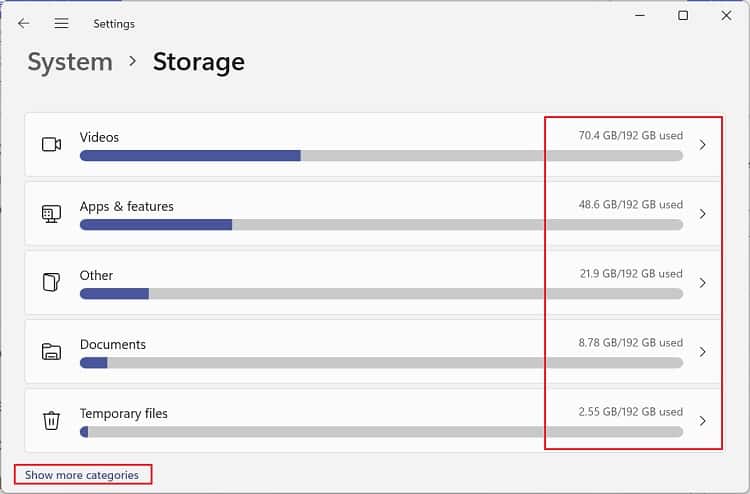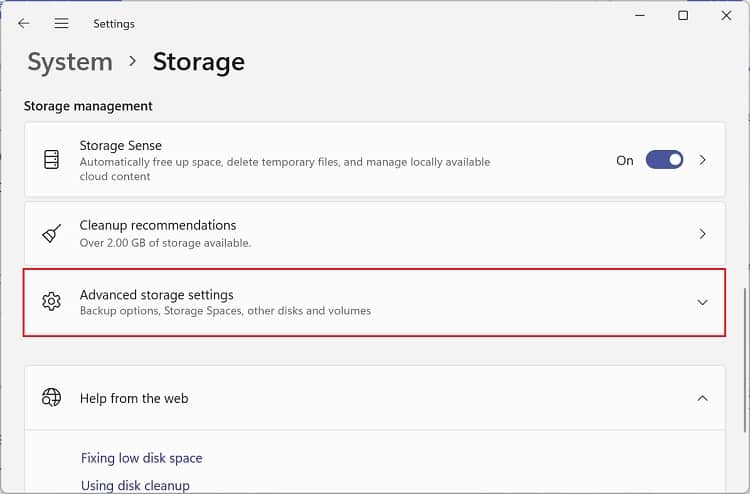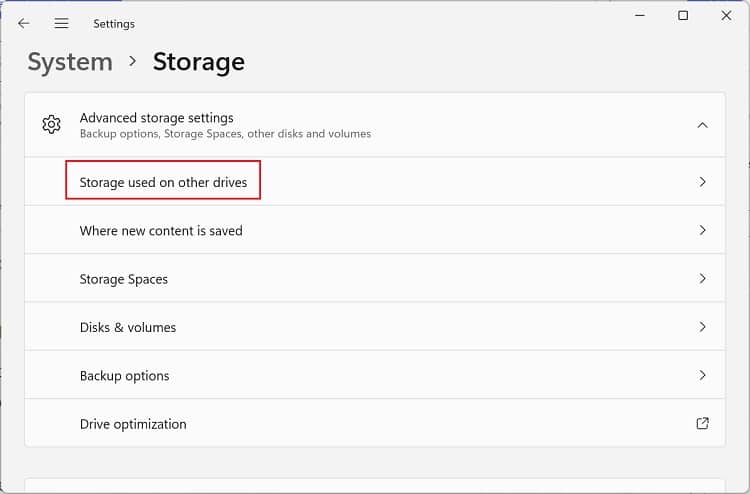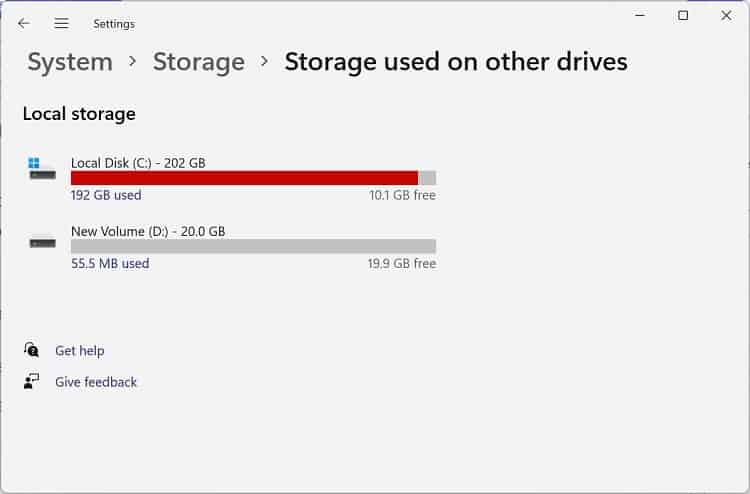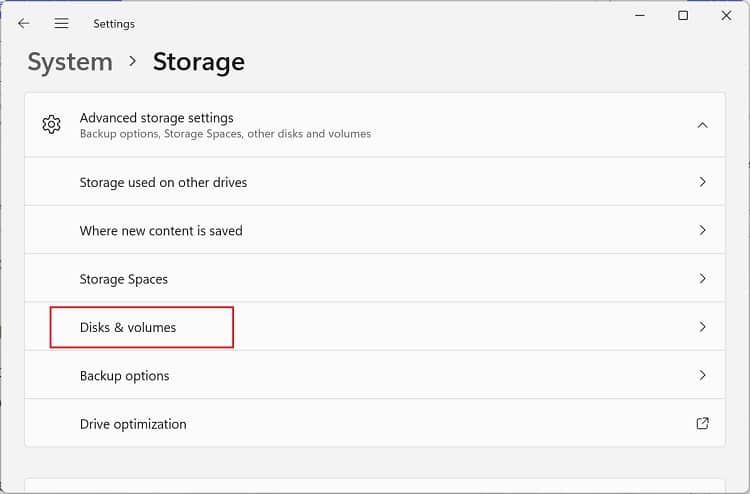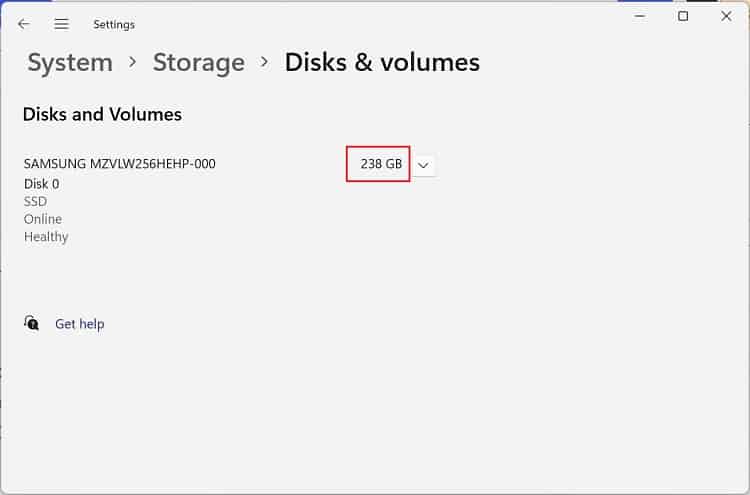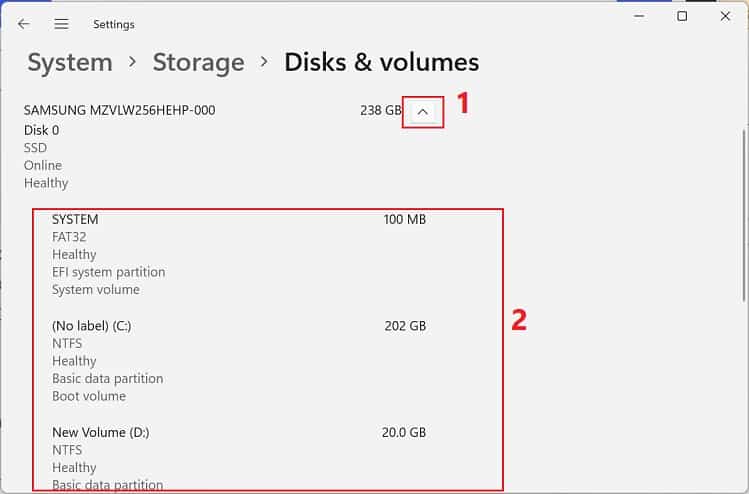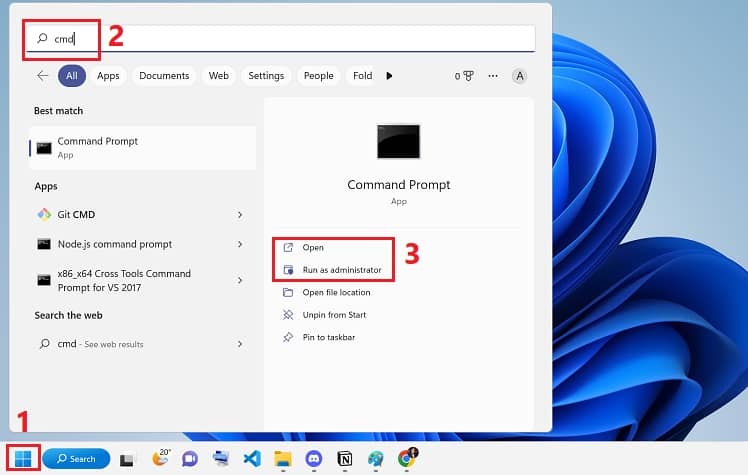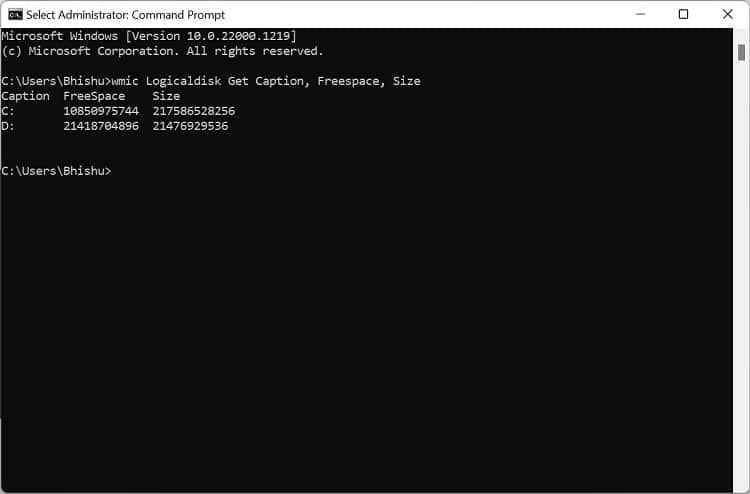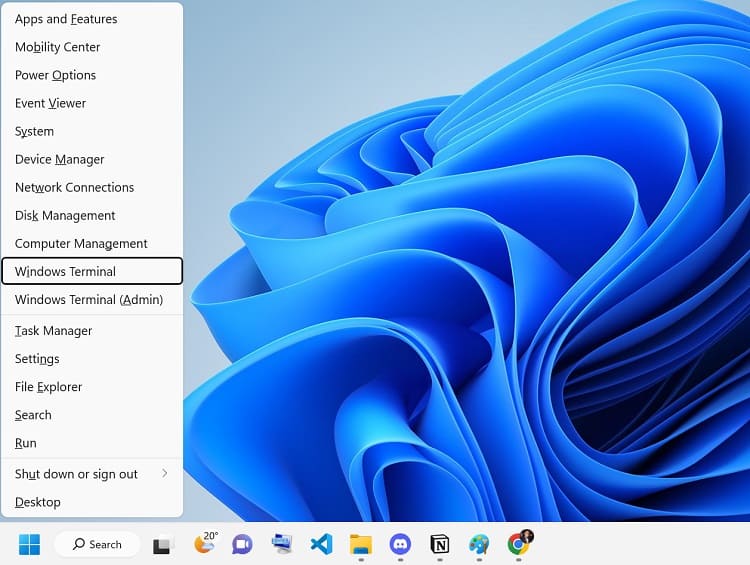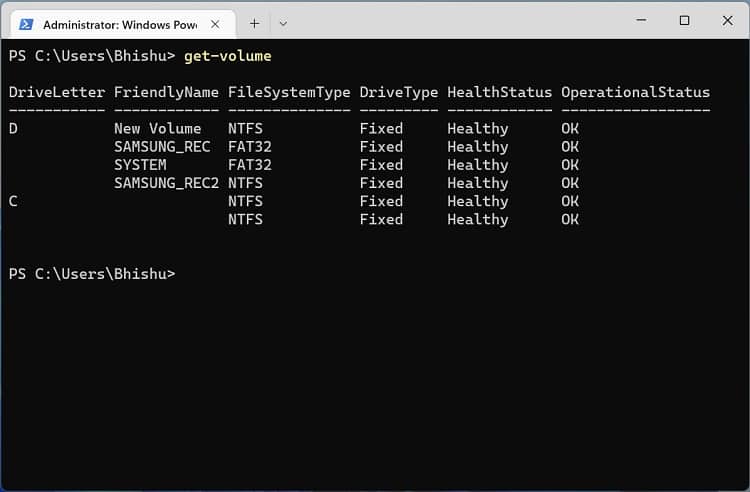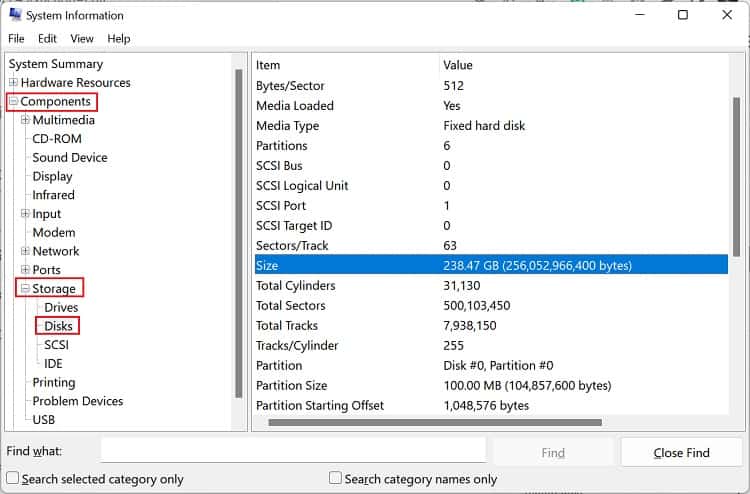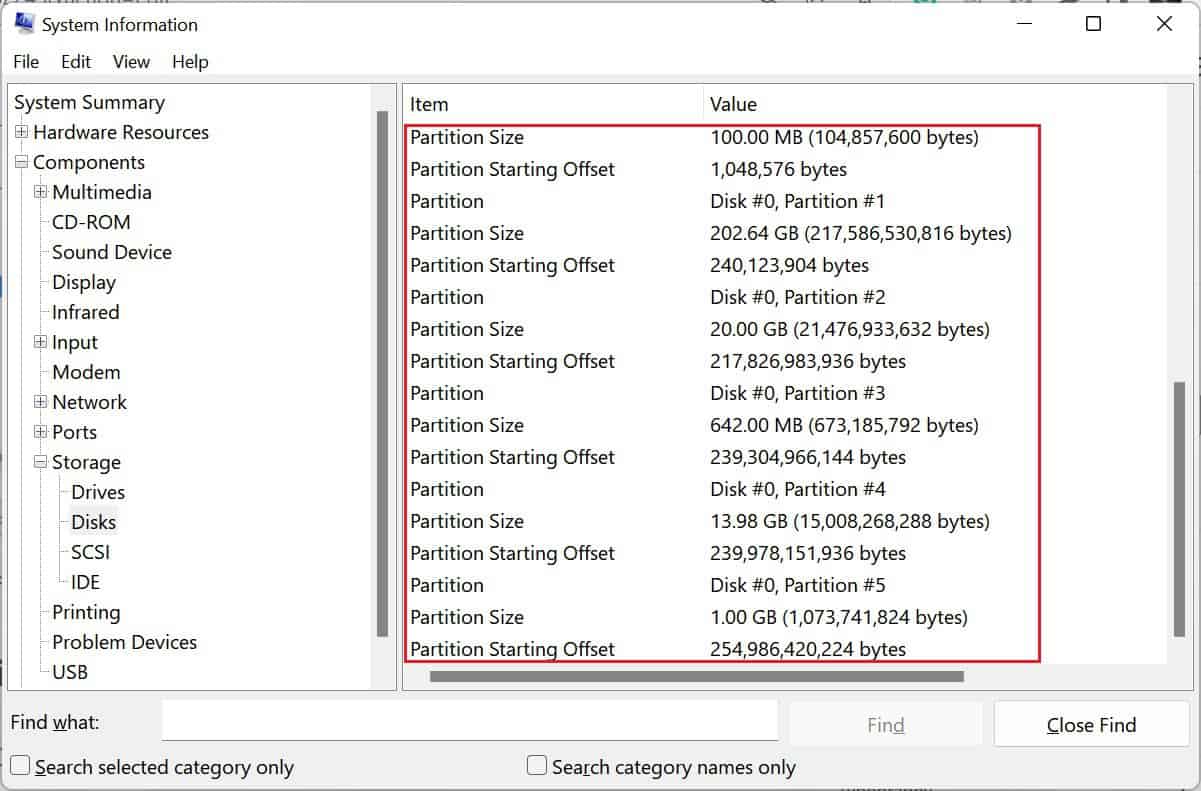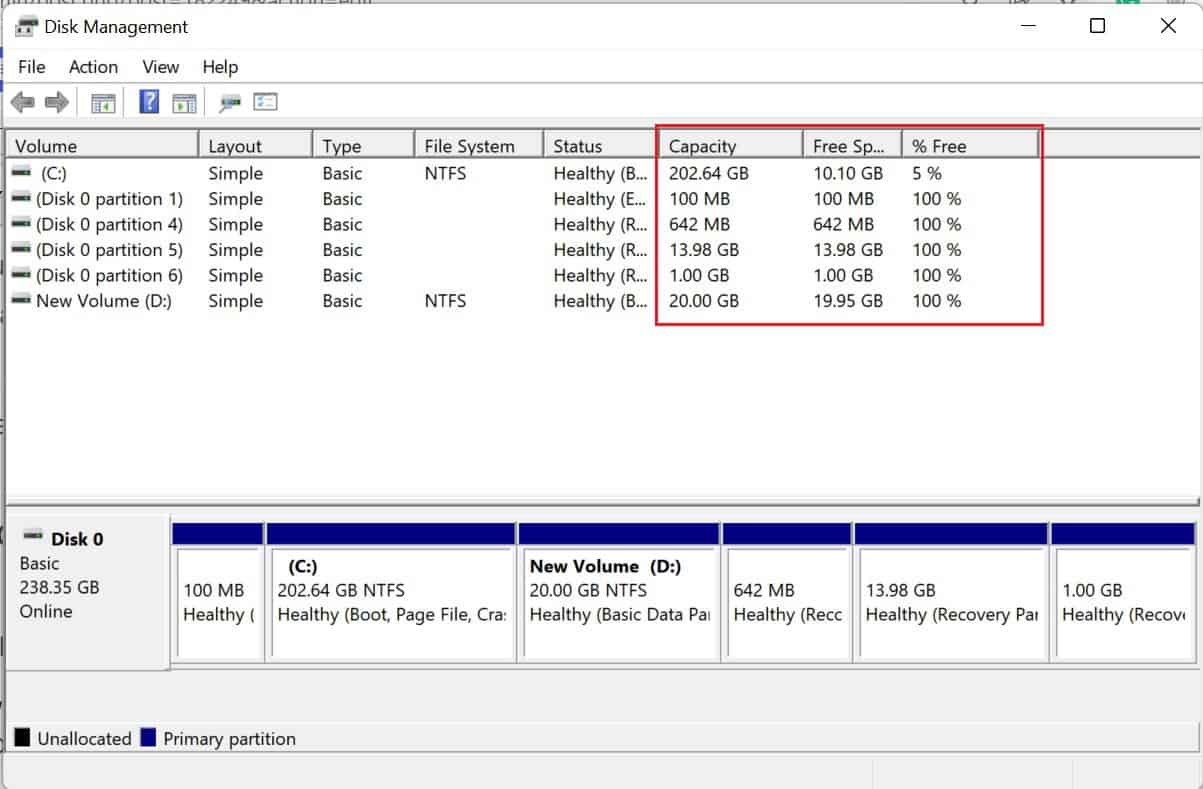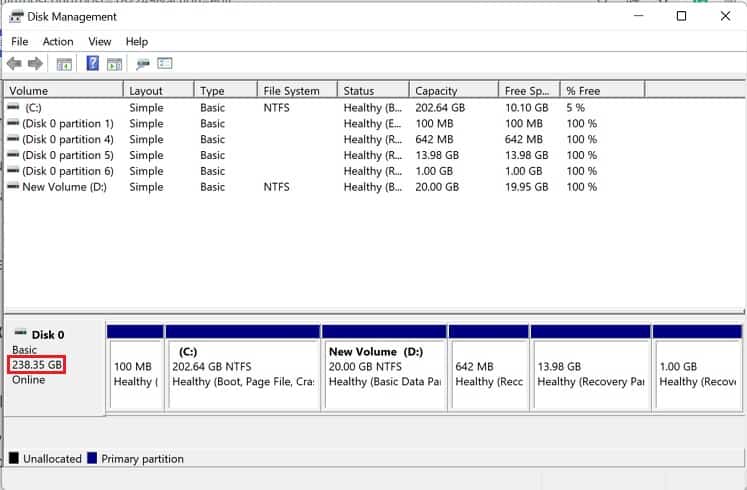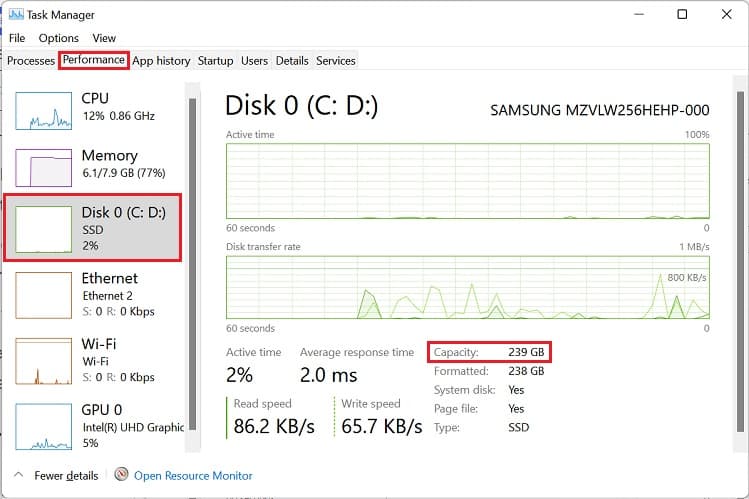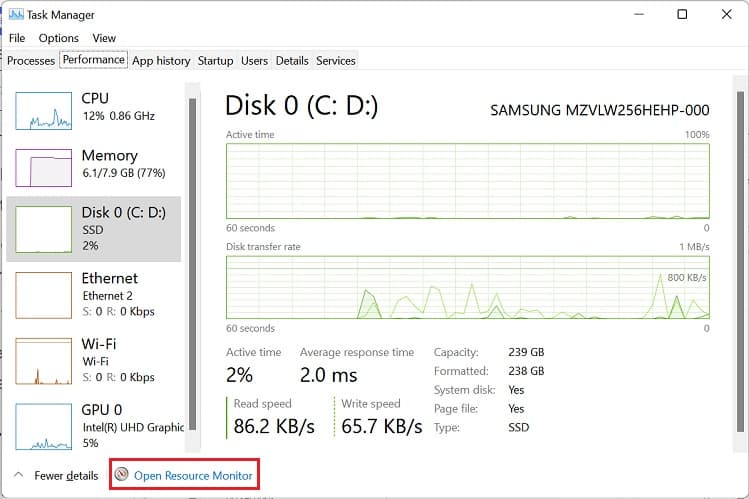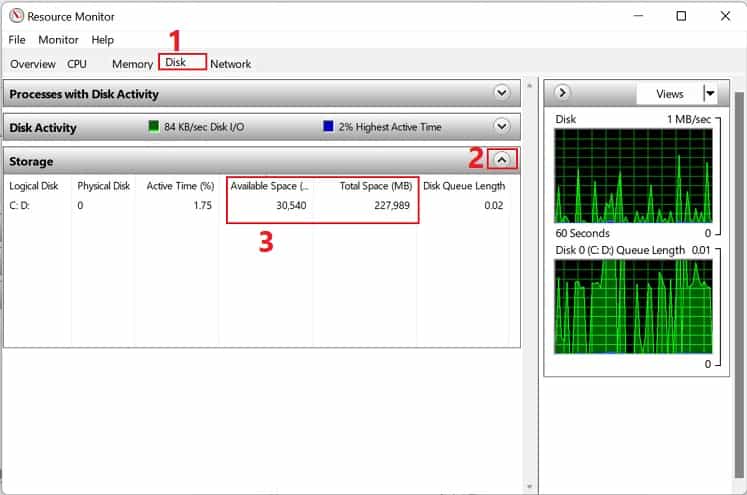As prevention is better than cure, we recommend checking the hard disk space regularly. This way, you can identify the right time to free up your hard drive, which can, in turn, help your computer run smoothly.
What is Hard Disk Space?
Often, users get confused with the terms – hard disk space and memory. While the former simply indicates your HDD or SSD’s storage, the latter refers to the RAM (Random Access Memory), where the computer stores actively running programs for quick retrieval. In short, hard disk space is all about the videos, apps, features, documents, and temporary files you store on your physical drive. While HDDs consist of spindles of magnetic discs to store data, SSDs use NAND flash memory to do so. These days, you can find different hard drives with distinct storage capacities ranging anywhere from 16 GB to more than 20 TB. Nonetheless, they always appear to be less than they are advertised. This is mainly because manufacturers use decimal bytes to calculate storage capacity, while computers use binary values. For example, if you get a 100 GB hard drive, you might expect 100 × 1000 × 1000 × 1000 = 100,000,000,000 bytes of disk space. However, if you check it manually, your PC will only show a total capacity of around 93.132 GB (100,000,000,000 / (1,024 × 1,024 × 1,024)).
How Can I Check Hard Disk Space in Windows 11?
Checking hard disk space (total, used, and free) is an effortless process. In fact, Microsoft Windows lets you do so using various methods. As such, this section will assist you in checking the hard disk storage space and partitions using File Explorer, Windows Settings, System Information, Windows Terminal, and the Disk Management utility.
From File Explorer
File Explorer or Windows Explorer is the doorway to all your computer’s files, documents, and folders. Along with that, you will be able to check various properties, including the free, used, and total disk space: Instead of moving to the Properties, you can also check the disk space directly from the usage bar. But if this is missing on your File Explorer, here’s how you can get it: Although this technique is useful for identifying each partition’s space, the only way to check the drive’s total storage is by adding all the partitions. In the case of two partitions, you’ll need to add the disk space of each of them to get the total storage of your hard drive. Even doing this won’t get an accurate result as there could be other hidden or recovery partitions.
In Settings
Another simple approach for checking hard disk space is using the built-in Windows Settings application. Here, you can also identify the storage exerted by your documents, apps, and other files. Kindly follow the below steps on how you can do just that: If you have partitioned your hard drive, you’ll need to navigate to a separate section to get their details: Fortunately, it’s possible to know the actual capacity of your HDD or SSD via Windows Settings. Here’s how to check it:
In Command Prompt
Command Prompt is a command-line interpreter for performing administrative functions or automating tasks. Well, if you’re someone who prefers CLI over GUI, you can follow the below instructions on how to check hard disk space on CMD:
In Windows Powershell
Windows Powershell is another task automation terminal where you can build, test, and deploy solutions. Although the above command line can help you check the disk space here, we will discuss a different cmdlet in this section. Indeed, this can be pretty useful if you prefer Powershell over CMD:
Using System Information
Every operating system has an in-built system profiler that provides all the information about your software and hardware. As such, you can use the System Information application on Windows to check for the hard disk space along with its partition:
From Disk Management Utility
Whether you wish to partition an SSD or HDD, initialize it, delete a recovery partition, merge existing partitions or manage all your drives, Windows has a dedicated utility called Disk Management. Hence, this is another easy yet effective tool that lets you determine the hard disk space:
In Windows Resource Monitor
Windows Resource Monitor is an in-built monitoring software that lets you track network, memory, disk, and CPU information. Here’s a quick guide on how to check the disk space using this Windows tool:
Using Third-Party Applications
Apart from the built-in Windows tools, you can use any reliable disk space analyzer to check for hard disk space. Unlike the utilities mentioned above, these third-party applications offer filtering systems, plugins, cleanup options, and various other services to help you manage storage devices much better.
